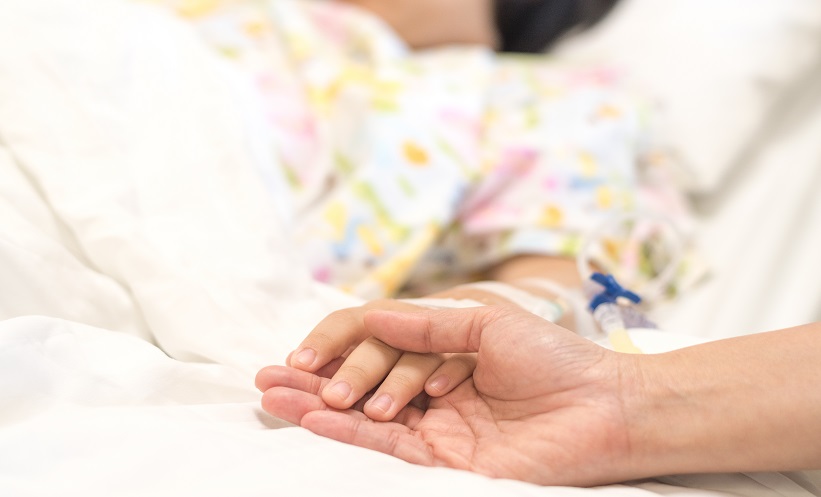Hospitalisation of patients with sickle cell disease (SCD) who have coronavirus disease (COVID-19) is reported to be notably higher than the average Black population, according to a new study presented at the virtual 62nd American Society of Hematology (ASH) Annual Meeting.
The study used data from individuals with SCD in the international Surveillance Epidemiology of Coronavirus Under Research Exclusion (SECURE) Registry. The researchers set out to characterise the COVID-19 hospitalisation and case fatality rates of patients with SCD and compare these to the rates seen in the general Black population (using COVID-NET; n=19,514). In addition to COVID-19 hospitalisation, severity, and mortality, data on patient demographics, disease management strategies, and information related to SCD complications were obtained from the SECURE-SCD registry.
Of the 366 patients with SCD who had COVID-19 included in the study, 152 were children (46.7% female; mean age: 10.9 years; HbSS/HbSB0 genotype: 71.7%) and 214 were adults (58.1 % female; mean age: 34.0 years; HbSS/HbSB0 genotype: 72.0%). In the children, the rates of hospitalisation and death were 46.1% and 0.7%, respectively, and in the adults, the rates were 66.8% and 7.0%, respectively. Notably, the peak hospitalisation rate was in those aged 65+ in the general Black population, compared with 18–49 years in the SCD population.
The cohorts were then divided into specific age groups. The case fatality rate for patients with SCD was 0.8% versus 0.0% in the general Black population in the 0–17 years age group, 2.6% versus 0.4% in the 18–34 years age group, and 11.9% versus 1.0% for the 35–39 years age group, respectively. Overall, there was a 6.2 times greater risk of mortality due to COVID-19 for individuals with SCD compared with the general Black population, with the peak fatality rate being 50–64 years and 65–79 years versus 80+ years, respectively.
By highlighting this at-risk population, more targeted guidance can be delivered to these patients to ensure their safety through the ongoing pandemic. Presenter of the study Dr Lana Mucalo, Medical College of Wisconsin, Wisconsin, Milwaukee, USA, concluded: “Due to the current pandemic and potential future infectious disease epidemics, it is important to understand the effects that COVID-19 has on this medically-vulnerable population.”






